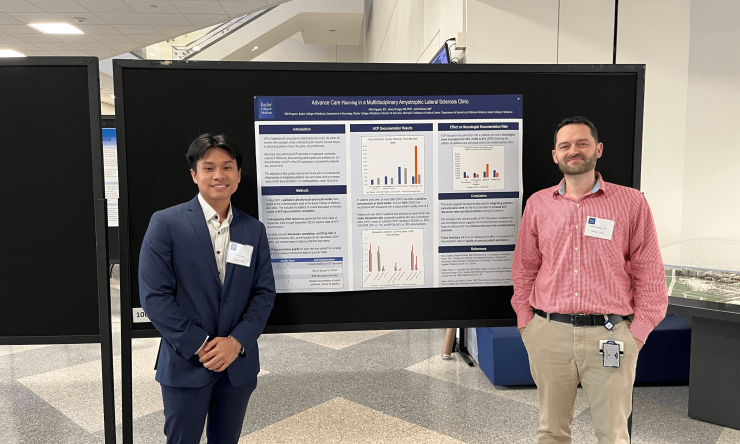About the Lab
The Orengo Lab studies motor neuron degeneration using single gene mutation models to determine the common underpinnings involved in triggering this degeneration. Spinocerebellar ataxia type 1 (SCA1) is a devastating neurodegenerative disease characterized by progressive ataxia due to cerebellar degeneration. While the hallmark of SCA1 is loss of motor coordination or ataxia, as the disease progresses premature death occurs from complications secondary to bulbar dysfunction (breathing and swallowing difficulties). SCA1 is caused by expansion of CAG repeats encoding poly-glutamines (polyQ) in ATAXIN1 (Atxn1).
Substantial effort has been invested in determining the molecular mechanism by which polyQ expanded Atxn1 leads to Purkinje cell death and cerebellar degeneration. This is largely due to the fact that Purkinje cells seem to be the first and hardest hit neurons in SCA1. However, loss of Purkinje cells alone does not account for the respiratory failure and swallowing dysfunction, prompting fundamental questions about the pathogenic mechanism of bulbar dysfunction. We hypothesize that degeneration of motor neurons is the main driver of premature death in SCA1. Using mouse models for SCA1 we made the exciting observation that these mice display overt signs of motor neuron degeneration that correlates with the development of muscle wasting and bulbar dysfunction.
We further generated a novel conditional SCA1 mouse model that allows for cell-specific expression of the expanded polyQ Atxn1, and we are investigating whether expression of the toxic protein in motor neurons alone is necessary and/or sufficient to drive muscle wasting and bulbar dysfunction in SCA1. In addition, we have made several transgenic zebrafish models for SCA1 and are currently characterizing and validating these lines.
National Ataxia Foundation Webinar
Hope for Ataxia Interview

ALS Association Houston Walk - Oct. 28, 2023

10th Annual Quality Improvement and Patient Safety Conference, April 23, 2024

Michael E. DeBakey VA multidisciplinary ALS clinic named "Certified Center of Excellence in ALS Care" by ALS Association

ALS Association Houston Walk - Nov. 16, 2024

Lab Location and Contact
Join Our Lab!
The Orengo Lab has available positions for post-docs, graduate students and research technicians. See contact us for position description and apply today!
Publications
View a listing of publications related to the research in the Orengo Lab.








